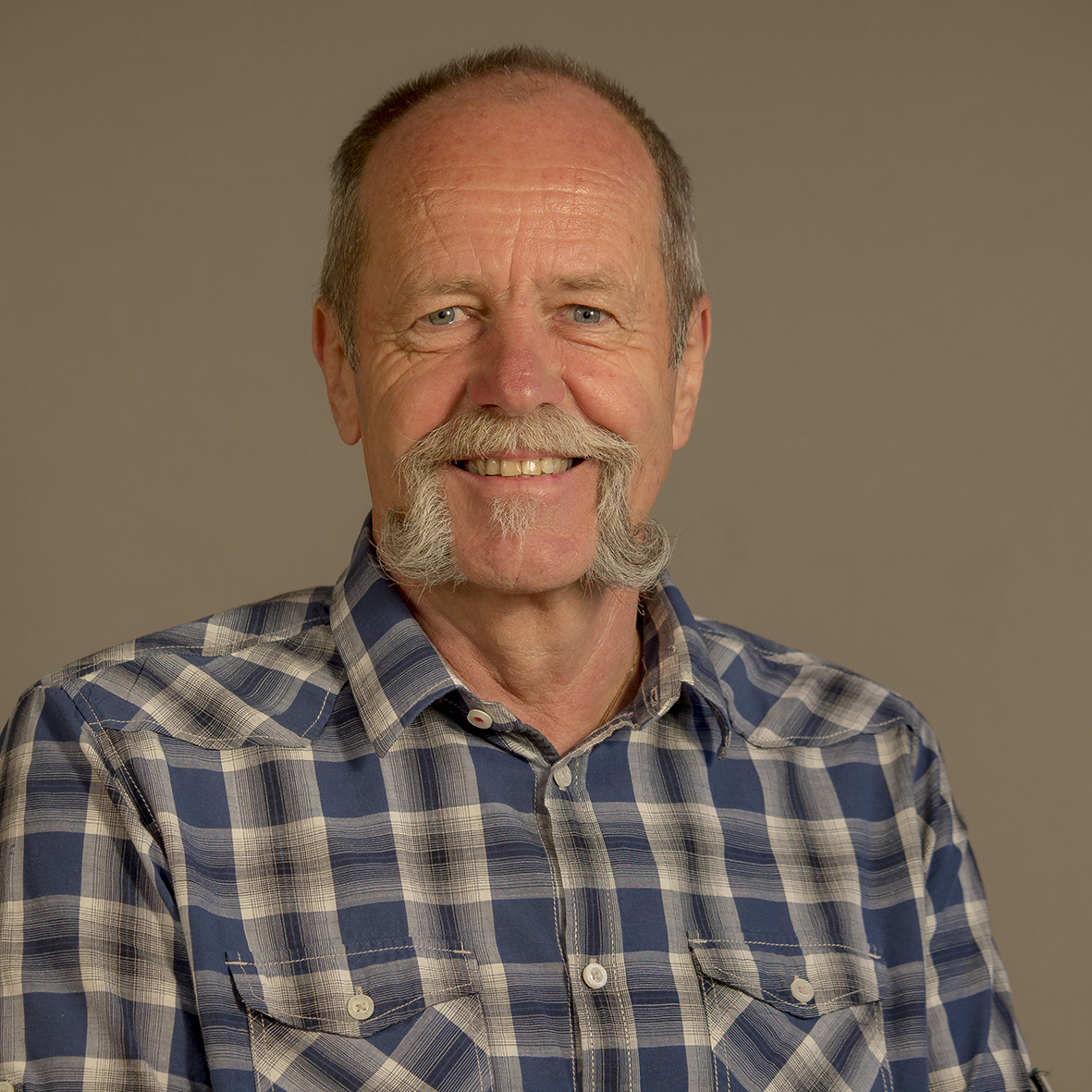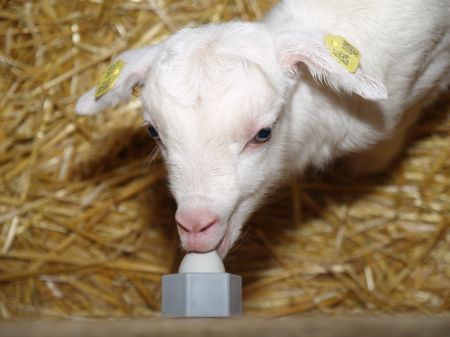Another goal of the project is to make statements about the meat quality of the fawn meat when reared in different ways. Testing the economic viability of the two rearing methods is also the aim of the project.
Lambing is expected to begin in the goat herd at the LFZ Raumberg-Gumpenstein from the end of January 2012. Immediately after birth, the fawns are weaned by their mothers and fed colostrum with a bottle. After the colostrum phase, the fawns are divided into 2 groups. One group receives whole goat milk (VO), the second group receives a commercial milk replacer (MAT) for goats. Both the whole milk and the milk replacer are given as cold sour drinks so that the fawns have constant access to the milk. Acidification is carried out by adding 2 ml/l of 80% formic acid. The cold drink is administered via rubber teats that are connected to the storage container via a line with a non-return valve. The drink is administered ad libitum. In addition to drinking water, the kittens are offered concentrated feed and hay, also for free consumption.
The fawns are kept in boxes with deep litter, 4 fawns are kept per box. 16 - 20 fawns should be kept per group, depending on lambing success. The fawns are weighed weekly and after a 9-week rearing phase the animals are slaughtered. During rearing, the daily amount of whole milk or milk replacer is recorded, as well as the daily hay and concentrated feed intake.
The carcass weight and pH value are determined on the carcass 1 hour after slaughter. After 24 hours of cooling, the weight and pH value are determined again. After maturing in the cold room for a week, the carcass of 20 fawns is cut into neck, back, shoulder, leg and breast sections and a sample is taken from the leg to determine the meat quality. Meat quality parameters include color, shear force, cooking and grilling loss as well as the fatty acid pattern and chemical analysis for DM, fat, protein and raw ash.
The economic analysis of the results rounds off the project.
Further information on project management can be found in the database for research and sustainable development (Dafne) -> Link







